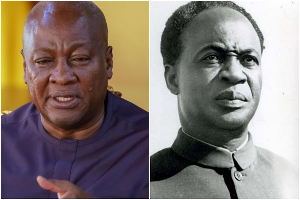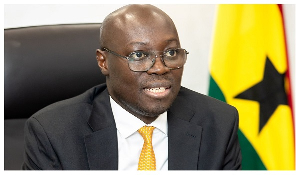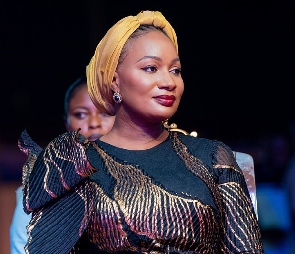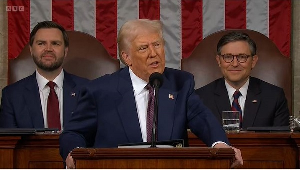By Drew Snyder
Contemporary museums are often imposing institutions,privileged and inaccessible spaces apart from the everyday world. This apartness can create gaps between their representation of the stories they tell and the lived experiences of those stories.
In their institutionalized versions of life, history, or art, the reality of what these things mean to people outside the museum can easily fall by the way side.
It is a difficult problem that every museum today has to negotiate. How do you create spaces of exploration that approach representation in an inclusive way? How do you present exhibitions that do not disenfranchise the public they are meant to serve? How can telling stories and showing objects animate and expand history rather than merely categorize and codify it?
Standing modest against the stark façade of Ussher Fort on High Street in James Town, ANO’s Kiosk Museum explored these issues during CHALE WOTE 2016.
Their on-going moveable museum project superimposes the vernacular architecture of a simple kiosk onto the idea of an institution in an attempt to collapse the one into the other and generate alternative forms of cultural interaction.
The theme of ANO’s kiosk exhibition at CHALE WOTE 2016 was festivals.The moving museum displayed a number of real festival objects alongside a series of images called The King’s Men by Accra-based photographer Ofoe Amegavie.
Amegavie’s images were printed in large format and brought to life events such as the Twins Festival, which had just passed through James Town two weeks earlier. Many visitors, young and old, recognized what was represented and were drawn to the images.
The pictures, along with the ritual objects with which all visitors were allowed to interact, prompted a lot of inquiry, conversation, and explanation from the thousands of people who passed through the kiosk during CHALE WOTE.
Visitors spontaneously assumed the role of curator or tour guide with lively accounts of their own experiences in the festivals. These moments helped to invert the typical institutional hierarchies of contemporary museums and contributed to the richness of the information generated in the kiosk.
In addition to the movable museum project, ANO hosted a parallel workshop as part of the CHALE WOTE Open Gallery initiatives. The workshop, held in conjunction with ANO’s Cultural Encyclopaedia project, was meant to compliment the ideas of the kiosk by providing a forum for open sourced collaborative research and ultimately, re-imagine how an Encyclopaedia can function.
Members of the public were invited to share materials gathered by ANO researchers and write their own contributions to the Encyclopaedia, which will eventually become part of the project’s website.
All told, ANO’s initiatives together did not solve the daunting problem of how institutions present and interact with history and the public. But ANO intends to continue exploring these important questions, always looking for ways to agitate against the status quo of how things like museums and encyclopaedias represent and guard our knowledge.
To learn more about ANO and these on-going projects, visit ANO Ghana & The Cultural Encyclopaedia.
Opinions of Wednesday, 28 September 2016
Columnist: Drew Snyder



















